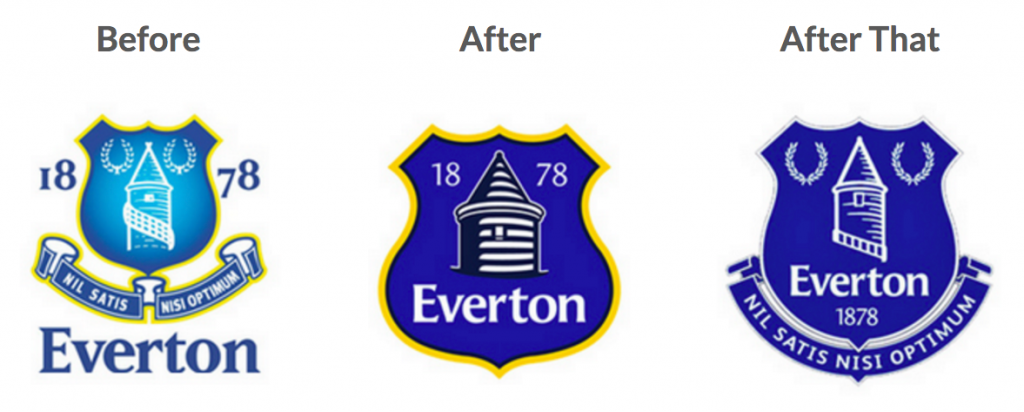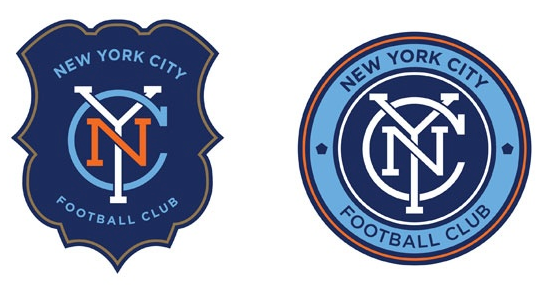Following on from Part One of this series where the topic of influencing brand perception was discussed, this new instalment looks at how content can help you tap into the mindset of the people you’re trying to sell to.
Part two: to gauge public opinion
Pretty much any content related book, article or conference talk you come across will at some point mention the term ‘audience-focused content’. As a phrase and a concept, it’s a simple one – create stuff that people are going to want – but the cogs that sit behind it can be both complicated and costly.
Rather than researching what people want then creating content to reflect that, there’s an argument to say your content could actually be your research method. By publishing then assessing how people react to what you put out there, the data can be used to create something bigger and better, or to inform other business actions.
Pre-internet (a scary thought) I recall being involved in various focus groups asking me what I thought of this pair of trainers, chocolate bar or gadget. For a handful of spotty-faced opinions, that would have involved the rigmarole of contracting a market research company, finding some willing participants, hiring a venue, recording the proceedings and collating the findings.
These days you can just put up a vote on your Twitter feed.
Which of these packaging designs do you prefer? Should we serve a sour cream dip or salsa with our wrap? Which of these do you think should be our new TV ad? What should our new album be called?
People are used to being asked questions by brands, and companies are using these valuable contributions (along with other forms of data) to validate their marketing and product development efforts; “Our fans prefer the red one” is a perfectly valid rationale to bring up in a board meeting.
Ignore this opportunity at your peril.
Sticky Toffees
Everton Football Club have a proud tradition – despite not winning a league title since the mid-1980s they’re one of the best-supported clubs in England and social ad agency RadiumOne found in 2013 that if fan interactions formed the basis of the league table, they’d be the team taking home the silverware.
With that in mind, it seems all the more strange that they had such a catastrophic fail when it came to a rebranding exercise prior to the 2013/14 season.
A new club crest (below, in the middle) was announced to overwhelming online derision – there are few things that people feel more passionately about than their football club, and the fact that fans hadn’t been consulted caused uproar.
23,000 petition signatures later, the club had their hand forced; they had to do something. What followed was a series of apologies, consultations with fan and community groups and eventually an online vote which was won by the logo that most closely resembled the one they already had.
Rebranding twice within as many years is not a good thing for any business to be doing, let alone one which reaches of billions of people across the world every week. Wouldn’t this have all been much simpler if they had put a few options to the vote of their millions of social fans straight away?
That’s what New York City FC did.
Made in NY
This is a club that doesn’t have such an illustrious past – in fact they’ve only been in existence since early 2013, which may be why they seem to have a better grasp of the importance of crowdsourcing opinions to influence business decisions.
The public were asked to pick between these:
CBO Tim Pernetti said:
“Our supporters will always have a voice in our Club at New York City FC. We are truly excited about this opportunity to partner with them on this decision and we are counting on all New Yorkers and fans beyond the city to get involved, cast a vote and make New York City FC history.”
Fellow member of the City Football Group, Manchester City have taken lessons from this process for their own re-badging exercise.
In a statement that has obviously come from the same press office, Chief Executive Officer Ferran Soriano commented:
“We are looking for our fans to share their views as to what they consider to be the most authentic symbols of the Club. The views of our Cityzens are essential to the process; they will have a real say on the future of our badge.”
A host of online questionnaires, lectures on the history of the badge and articles in local newspapers detailing every element from the shape to the importance of each featured symbol was created, all building up to the big reveal.
Supporters consulted, decision made, perfect new badge. #proud @MCFC pic.twitter.com/v6eJj6hY5n
— David Tragen (@David_Tragen) December 26, 2015
What they were essentially doing was building a dossier of evidence to support their launch, using content to give people ample opportunity to offer feedback.
As long as you can keep out online mischief makers looking to derail the voting process (4chan famously managed to get Miley Cyrus to the top of Time Magazine’s 2013 Person of the Year poll), there’s no excuse not to involve those who have actively shown an interest in your business in decisions around the products you want them to buy.
From views to dwell time to shares to comments, every piece of content you publish gives you an idea of how people feel about what you’re saying, which can in turn inform the approach the rest of the business takes.
As an aside to this seven part series, check out Ayima’s free DIY Content Marketing Strategy ecourse, designed to help you improve the ROI of your content.
The article Why companies create content – part two: to gauge public opinion was first seen from https://searchenginewatch.com



No comments:
Post a Comment